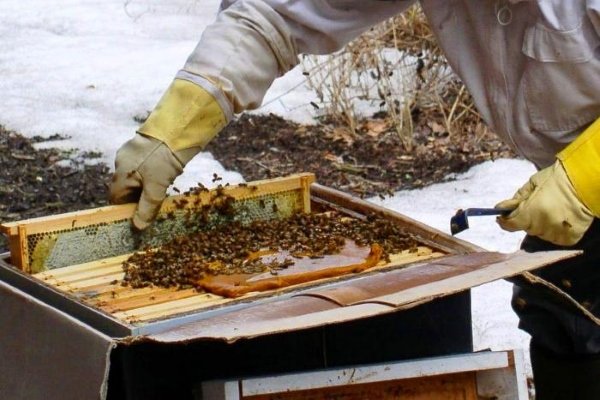Content
To mobilize the strength of the bee family, biological additives are often used. These include food for bees “Pchelka”, the instructions for which indicate the need for use in accordance with the dosage. Only in this case the drug will help increase the productivity of insects.
Application in beekeeping
The drug "Bee" is used to increase immunity and prevent various diseases of bees during difficult periods for them. Most often, beekeepers use food after wintering. It helps to activate the bee colony and prevent fungal infections. The greatest effectiveness of the drug is observed against ascospherosis. With a lack of substances contained in the additive, bees become less active and their productivity decreases. “Bee” helps to tone the family by preventing and eliminating the deficiency of nutrients.
Composition, release form
The food is produced in 60 ml bottles. It is a dark liquid. A specific feature of the additive is the smell of garlic mixed with pine notes. The composition of the drug includes:
- pine extract;
- garlic oil.
Pharmacological properties
Bee food belongs to the category of dietary supplements for bees. The drug effectively copes with fungal diseases due to its fungistatic properties. Proper use of feed improves the reproductive capacity of the uterus and the activity of working individuals.
Instructions for use
The dosage and method of use are determined by the purpose. For preventive purposes, food is poured into honeycombs. For fungal diseases, it is spread into the hive using a fine sprayer. In the first case, 3 ml of the product is dissolved in 1 liter of sugar syrup. For spraying, a solution is prepared based on water at the rate of 6 ml of food per 100 ml of liquid.
Dosage, rules of use
For stimulation purposes, food is given to bees only 4 times - once every 3 days. The optimal dosage for a hive varies from 100 to 150 ml. If the drug is distributed by drip, then it is used in 15 ml per area. A similar dosage is chosen for aerosol spraying. In this case, after processing, it is necessary to collect the hive waste and dispose of it. 2 weeks after the last treatment, you should carefully inspect the hive, assessing the condition of the larvae.
Side effects, contraindications, restrictions on use
The use of the drug "Bee" during periods of increased activity of bees is inappropriate. There is also no need to use it during wintering. The food has no contraindications or side effects. But if the recommended doses are not followed, a relapse of the disease may occur.
Shelf life and storage conditions
The total shelf life of the feed is 2 years. It should be stored away from exposure to sunlight. The optimal temperature is above -20 °C.
Conclusion
The instructions for bee food "Pchelka" help you choose the right dosage. Therefore, it is important not to ignore the manufacturer's recommendations. With the right approach, food will significantly improve the situation in the bee family.









